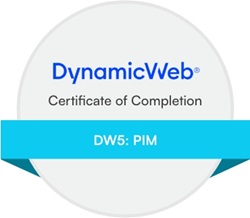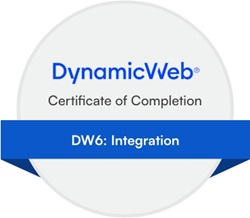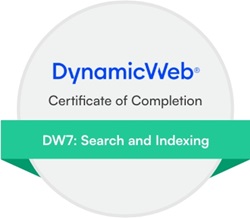H there,
One of our customers has a pretty large database (over 12GG, and growing at arounf 100MB a day). I'd like to decrease the size of the database to minimze the time it takes to create backups and build test versions of the site, and to hopefully get rid of the many timeouts in the backend that our users see.
To that end, I tried clearing the Statv2Session table using a custom script so I could control the log file size. However, that trimmed only 2GB out of the 12.
What are other tables I can clear without losing valuable data? In general, we would like to keep everything eCommerce related so we know who viewed what, abandoned carts etc. However, it's OK to delete most stats like users visits, IP addresses, browsers, page views etc, that are over a month old.
I can see tables like Statv2Object, Statv2Page, EmailRecipient, Statv2Session and Statv2SessionBot take up a lot of space. What do I lose when I clear these tables? Any other recommendations to control the size of the database and avoid timeout errors in the backend?
Thanks,
Imar














